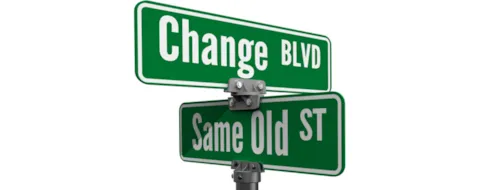Risks of marine transfer of personnel offshore
Although helicopters are the most common way of moving personnel to and from offshore installations in the North Sea, other regions commonly use marine transfer by crew boat.
At the end of the marine transit, passengers are usually transferred in a carrier (i.e. a net, basket or capsule) which is lifted by crane onto the installation. While helicopters have suffered some high-profile accidents, and are well known as a major contributor to the overall risks of accidents offshore, the risks of accidents in these marine transfer operations are not well known.
Twenty years ago, I helped make an estimate of these risks 1. It was based on experience in the offshore industry in Brunei and Malaysia prior to 1991, which used rope swings as a simpler alternative to being lifted by crane. Since no fatalities had occurred in transfers in those countries, we estimated the risk using an assumption about how close they might be to their first fatality, and declared a wide uncertainty range. Since then, I have become uncomfortable that this old risk estimate remains in common use 2, so I thought I would try to improve it.
Fortunately, a new organisation called the Marine Transfer Forum (MTF) has recently been founded with the aim of working towards safer crew transfer. The Forum commissioned DNV to analyse the data that Reflex Marine had collected from its industry knowledge and make a new estimate of the transfer risks 3. We found that there are roughly 5 million passengers transferred by crane in the offshore industry each year, and an average of slightly more than 1 fatality per year from crane accidents. This gave a risk of approximately 1 in 5 million chance of fatality for each person transferred. The details of the analysis are available in our paper, which can be downloaded from the MTF website 4.
To my surprise, the new risk estimate was very similar to the old one (which was approximately 1 in 4 million chance of fatality). The two results are compared in the figure below. The main difference was the much greater degree of confidence in the result (that is, the narrower uncertainty range), because it is based on a larger group of transfers with actual fatality experience.
How our current estimate of individual risk in crane transfer compares with the previous estimate. The I-shaped bars represent the 90% confidence ranges.
I learned several things from this experience. First, our old estimate was not too bad, despite being based on data that included no fatalities at all. Second, it is possible to improve risk estimates given luck in finding the right organisation with the necessary data. Third, collecting accident experience does not necessarily change the risk estimate, but it does give a much better understanding of what the risk really is.
Our new estimate is far from perfect. So I hope MTF will be successful in their aim of collecting better data. It will be interesting to see whether future risk estimates lie within the confidence range of our new estimate. I look forward to seeing how the risks for new transfer methods, like Walk to Work [5], compare with our estimates for crane-lifted carriers.
- Spouge, J. R., Smith, E.J. & Lewis, K. J. (1994), “Helicopters or Boats – Risk Management Options for Transport Offshore”, SPE Paper No. 27277, Conference on Health, Safety and Environment in Oil and Gas Production, Society of Petroleum Engineers, Jakarta.
- OGP (2010), “Water Transport Accident Statistics”, Risk Assessment Data Directory Report 434-10, International Association of Oil & Gas Producers, London. http://www.ogp.org.uk/pubs/434-10.pdf
- https://www.dnv.com/news/dnv-gl-helps-marine-transfer-forum-improve-incident-reporting-6565
- Spouge, J., Strong, P. & Proctor, R. (2014), “Risks of Marine Transfer of Personnel Offshore”, DNV.
http://marinetransferforum.org/ - https://www.dnv.com/news/dnv-gl-issues-industry-led-guidance-document-for-walk-to-work-approach-23061
5/5/2015 8:00:00 AM
